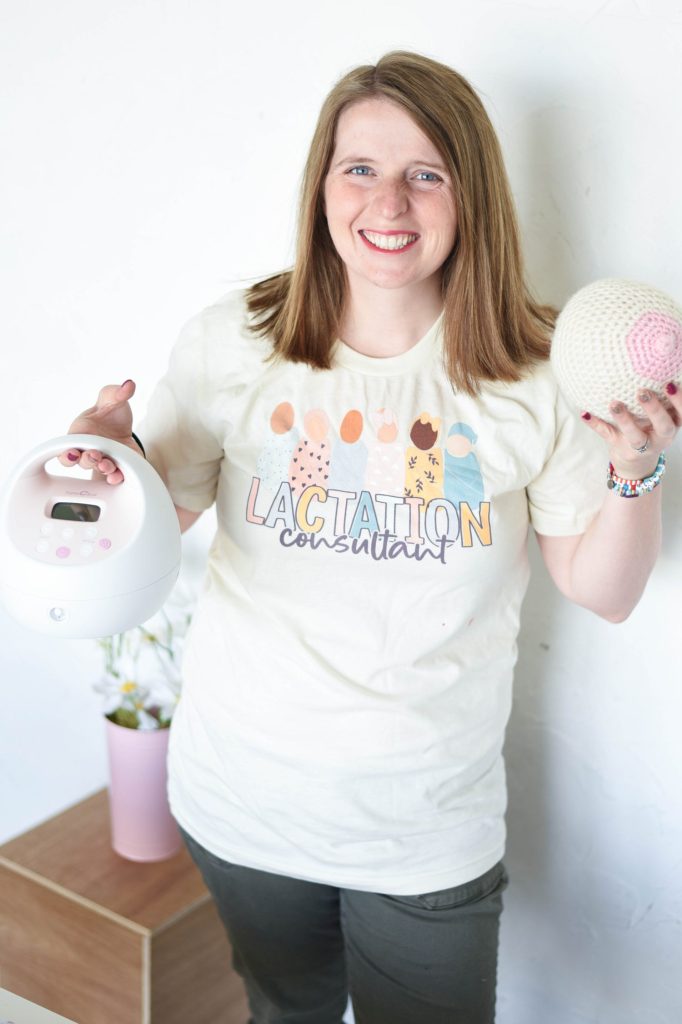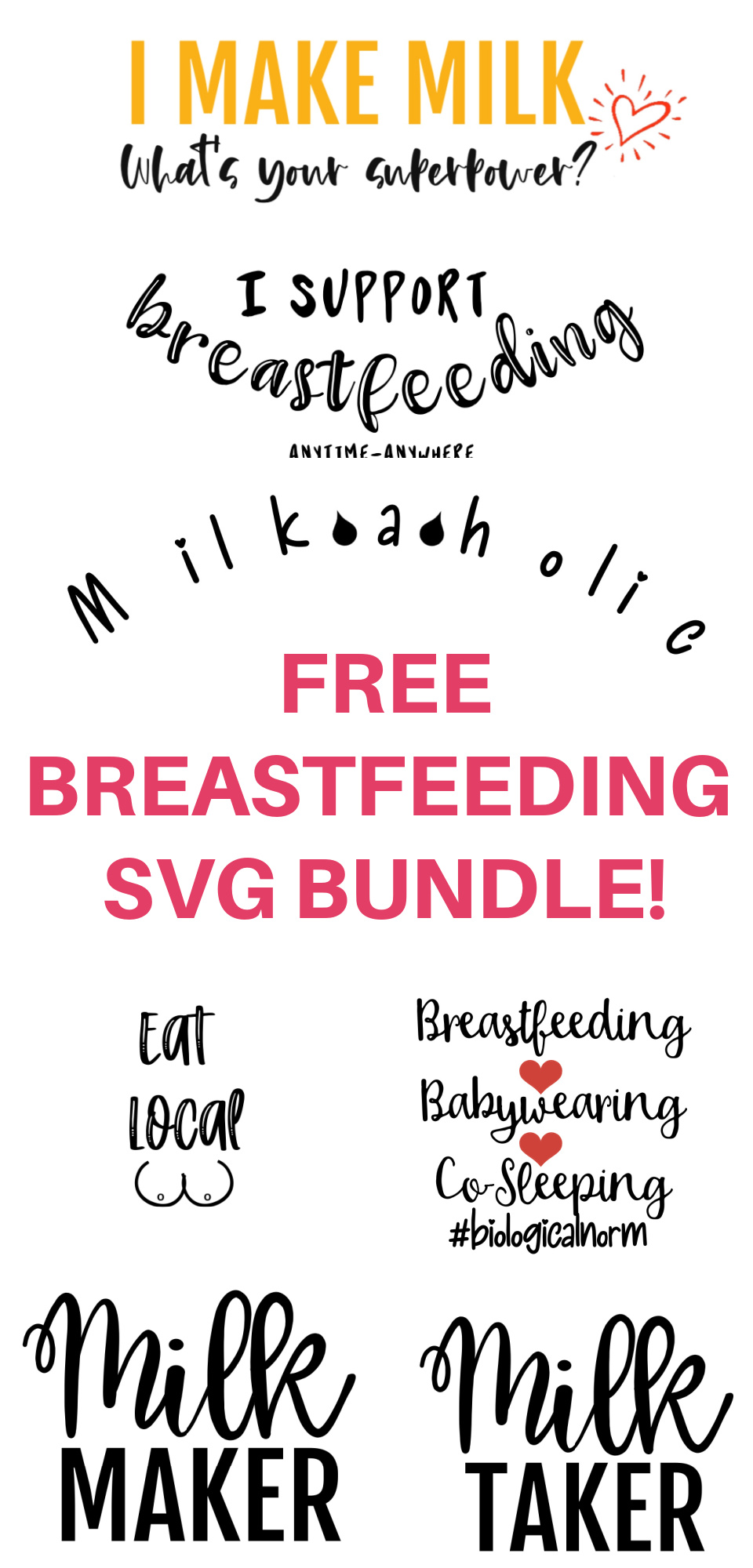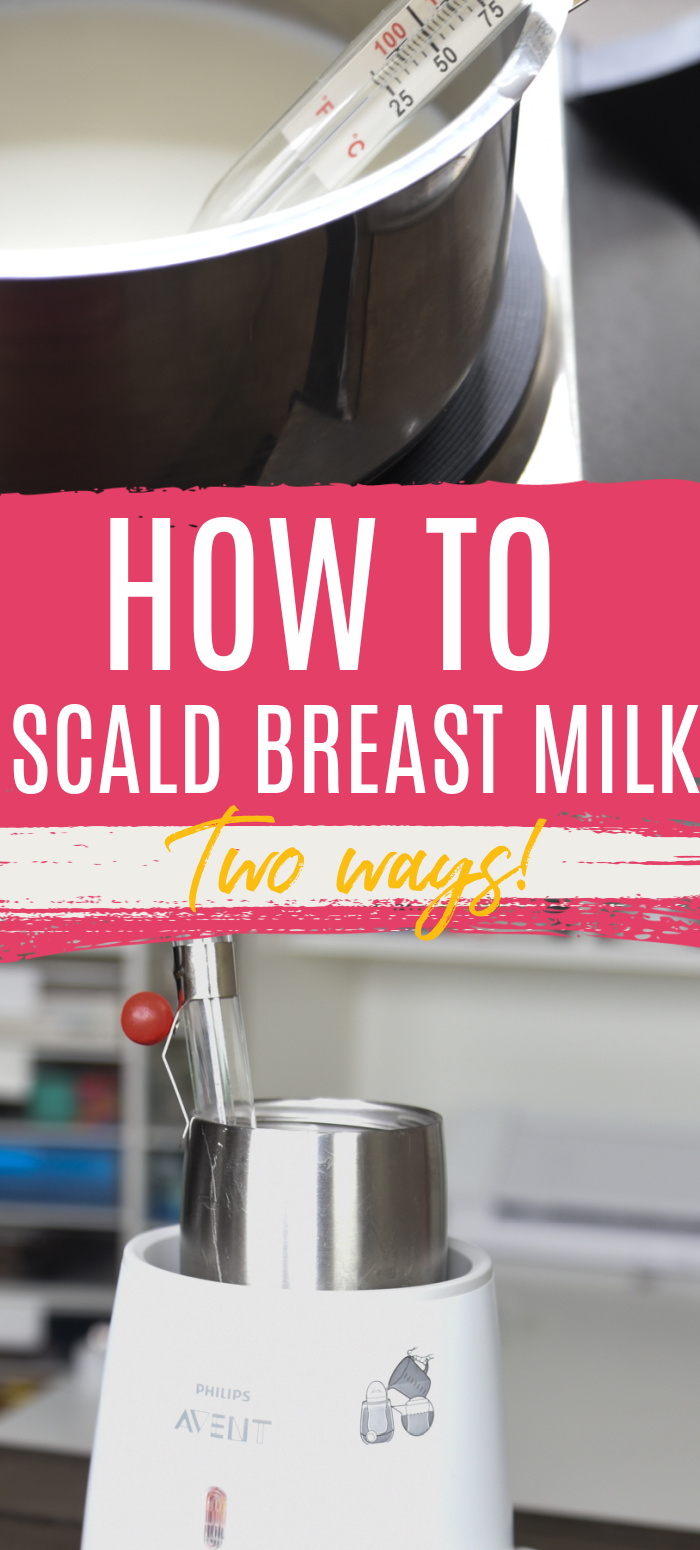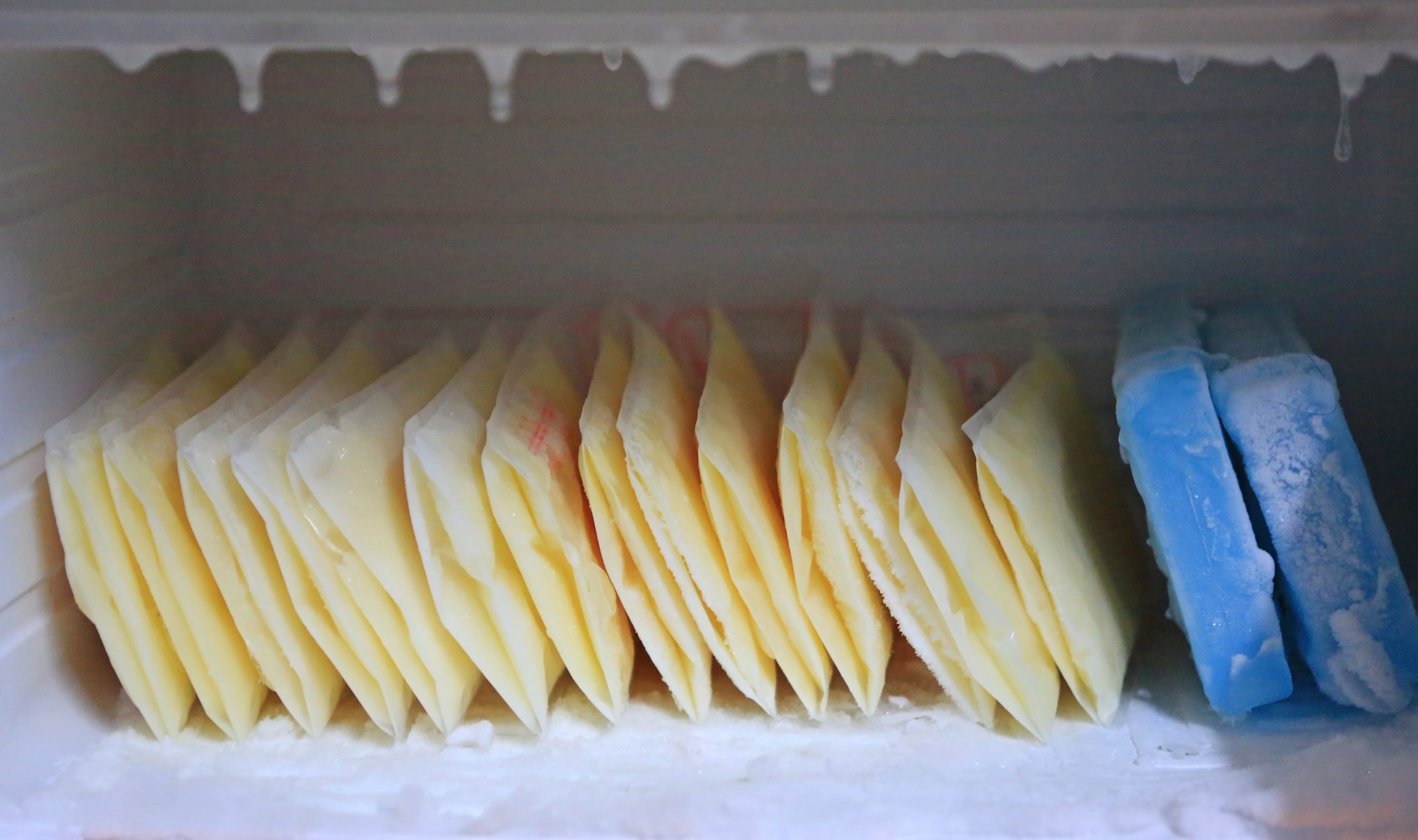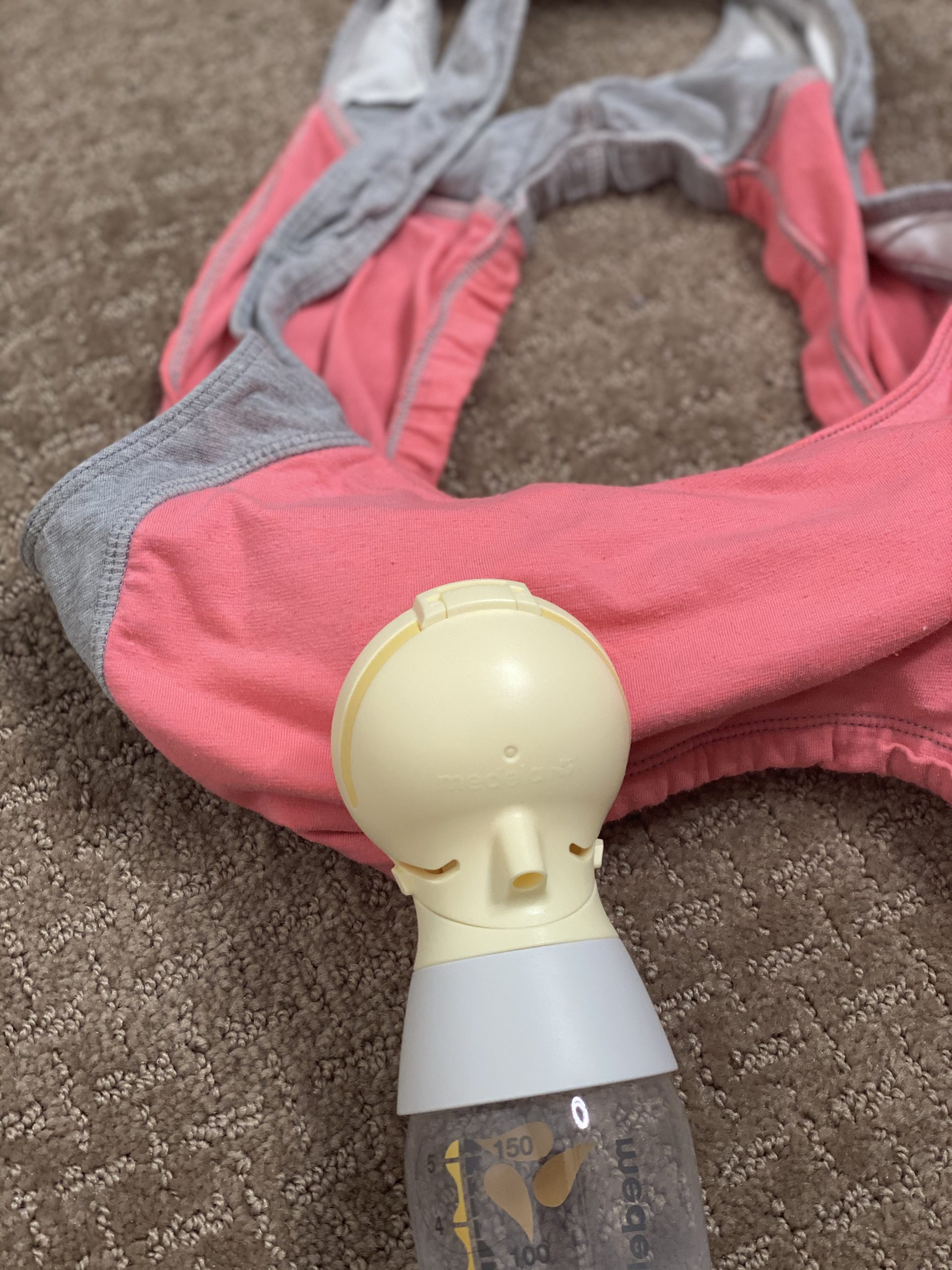Every breast pump comes with flanges in a couple of different sizes- typically 24mm and 27mm. While this might provide the proper flange fit for some moms, in my experience, it doesn’t fit most.
I have spent a lot of time studying flange fits and helping moms find the correct flange fit, both in person and virtually. It’s pretty magical to see a mom in the right size and say, “I didn’t even realize pumping was supposed to fit this way!”
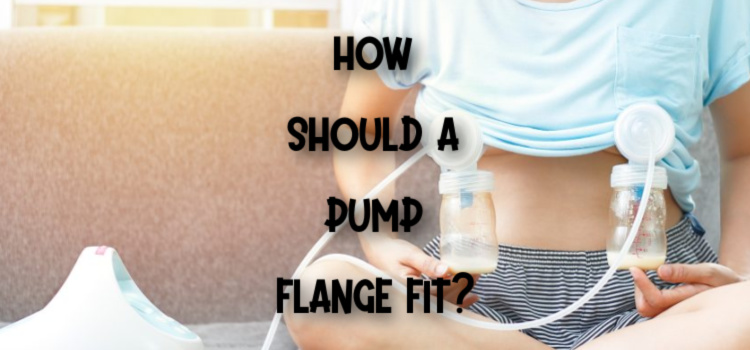
How Should a Breast Pump Flange Fit
You will know you have the right flange fit when:
- Only the nipple should be in the tunnel of the flange
- You should be able to finish your pumping session in about 15-20 minutes
- You shouldn’t feel any pain – or, really, much of anything,
Sometimes when you pump with a really large flange, it’s not actually that uncomfortable – but when you get closer and closer to the right size, it gets more painful. Here’s why:
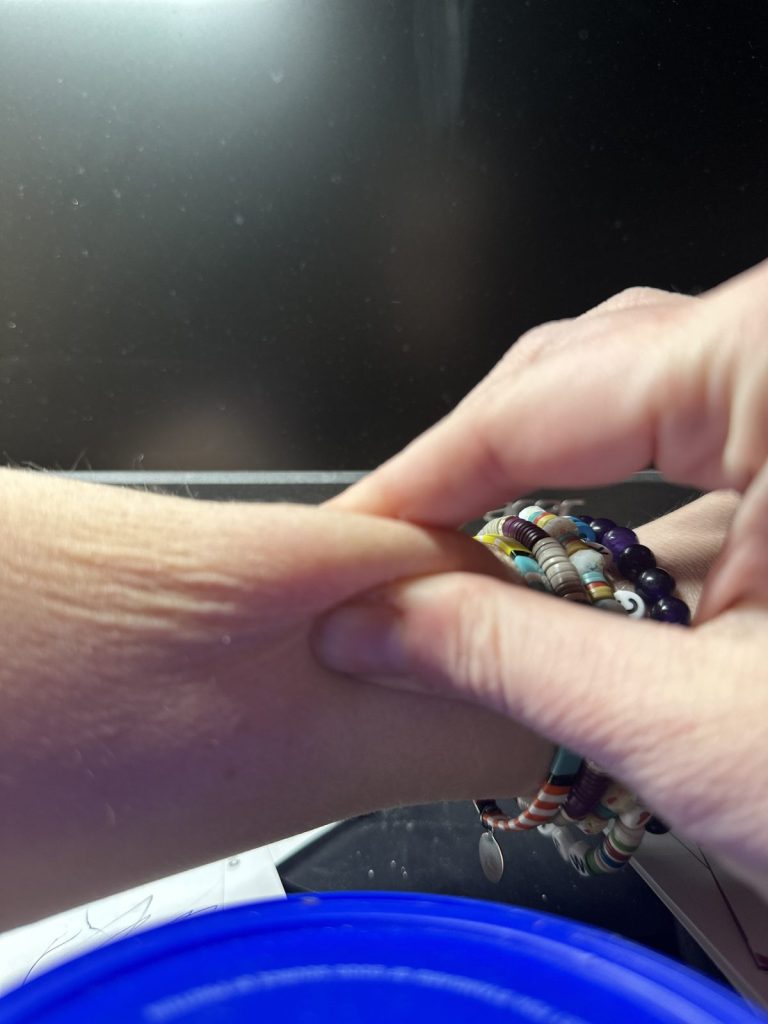
When you pinch a large bunch of skin, like seen above – it doesn’t really hurt. This is what it’s like when you have a lot of your areola being pulled into your flange.
However, when you pinch a small amount of skin, like in this picture:
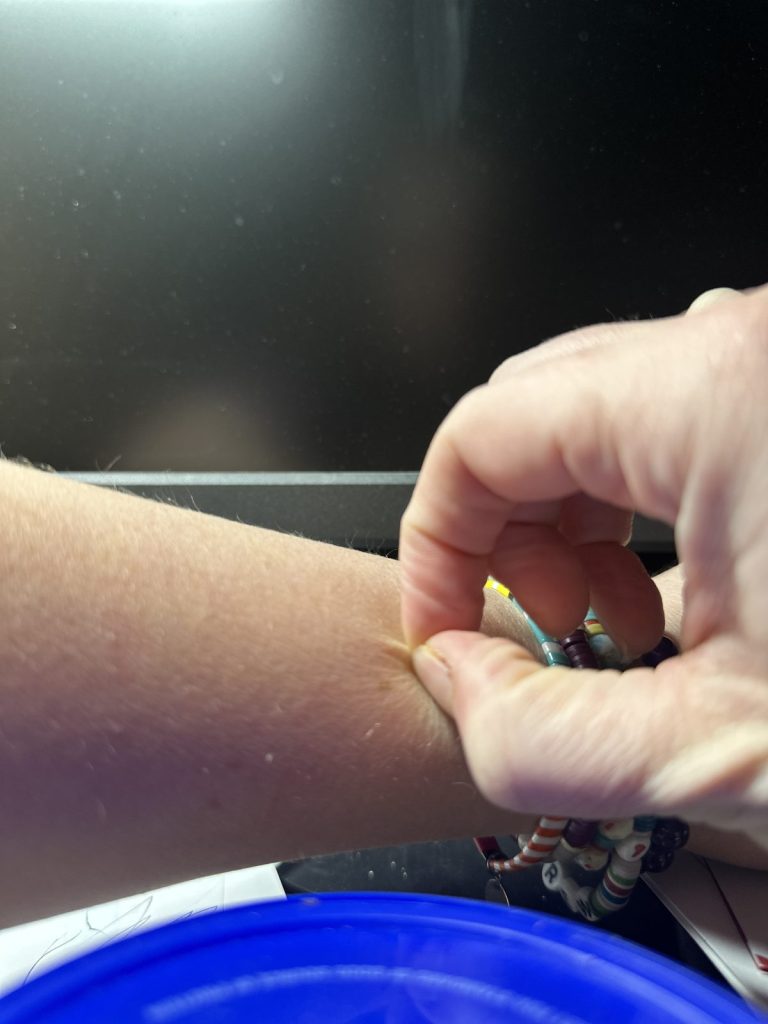
It hurts a lot more! When your flange gets closer to the right size, less and less areola gets pulled in, but a small amount is now being pinched- so it can get more painful right before it gets better (I learned this analogy from Nourished Young).
Here are a couple of pictures that might be helpful that I took with a silicone breast. Keep in mind that a silicone breast is hard to get a perfect picture with (a video is best when assessing flange fit!), but hopefully, it will give you a good idea of a starting place.
In Fuss-Free First Year, I have a video that shows a real breast using various sizes that can provide an even better demonstration and walks you through a flange fitting.
Well-fitted flange
First, here is what we want the nipple to look like inside the flange. It should be able to freely move within the flange and not get pulled back into the flange. There is no areola being pulled into the tube. It’s okay if some of the nipple touches the side, as long as it’s not uncomfortable for you.
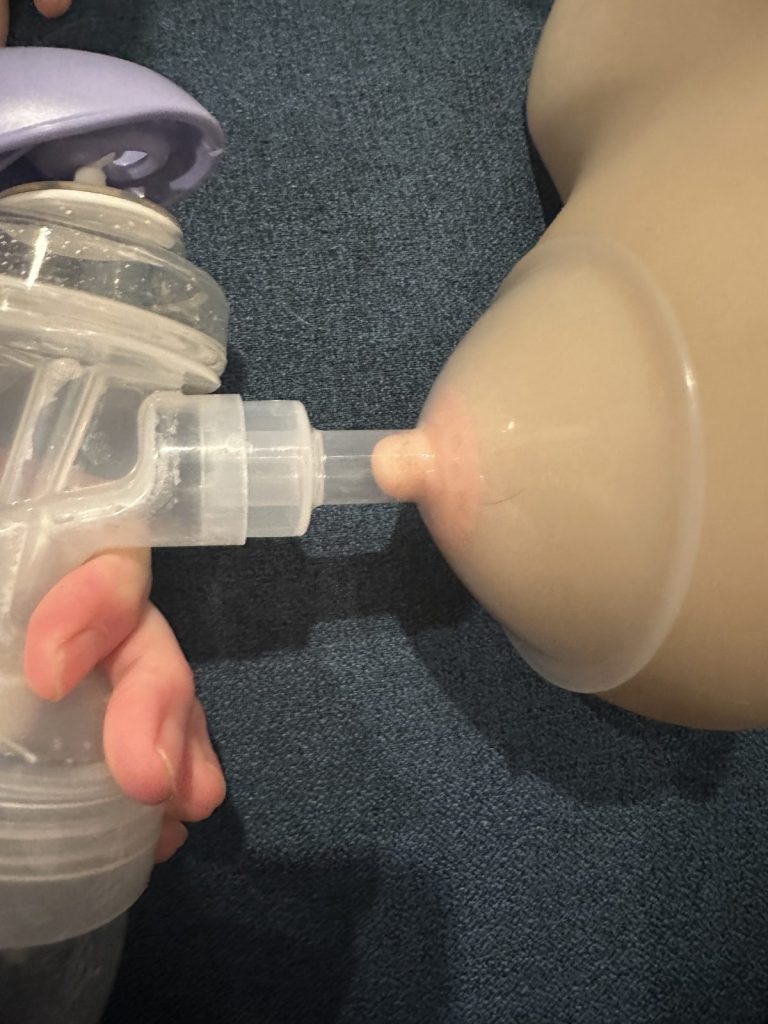
Too Large Flange
Here are a couple of photos of flanges that I believe are too large. Some lactation consultants may say this first one is a great fit – but when you start to pump, the areola ends up being pulled in. You can already see some of the areola before the pumping even begins.
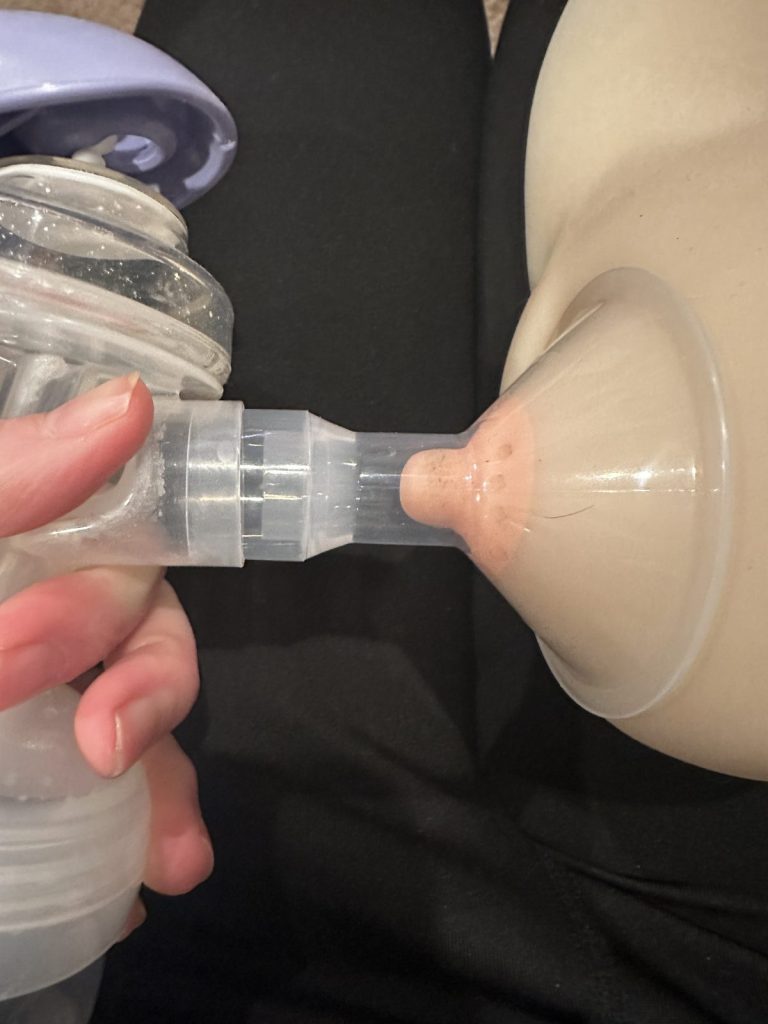
In this one, I could barely even suction the nipple into the flange. There’s TONS of space on either side of the nipple, and as soon as the pumping began, tons of breast tissue got pulled in.
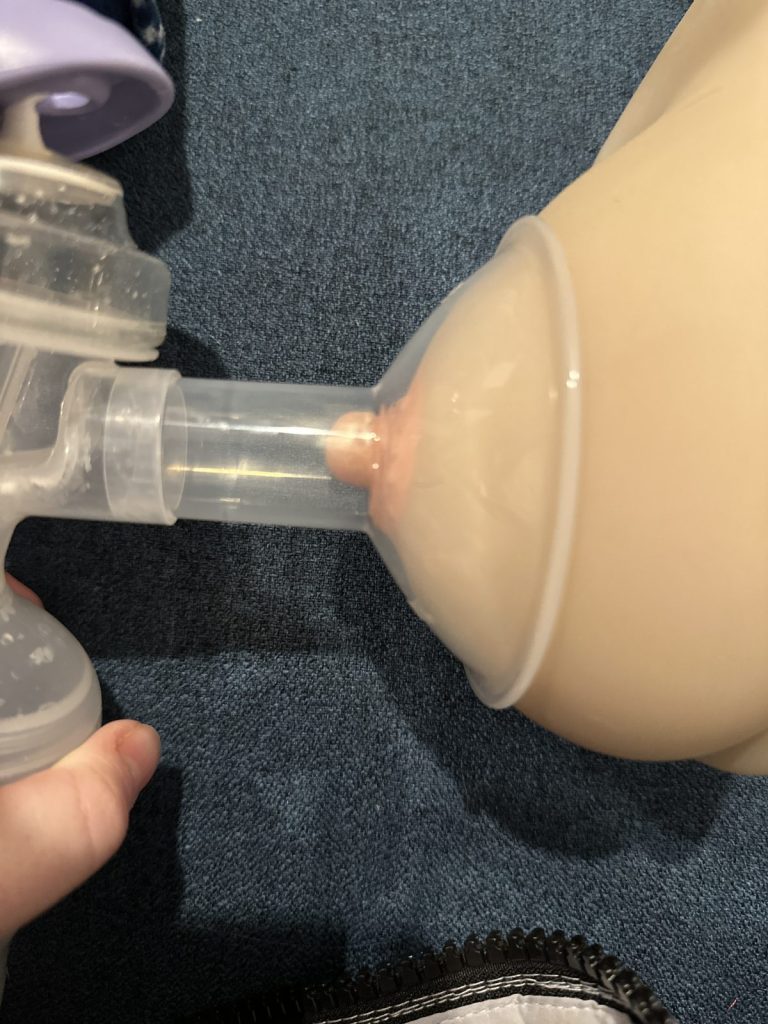
Other signs that your flange is too big:
- Discomfort
- Rings around your nipple after pumping
- Feeling like you haven’t drained your breasts
- Your nipple gets pulled back into the funnel
- You see/feel a loss of suction when pumping
Too Small Flange
And here is a flange that I would consider too small. You can see that not all of the nipple fits into the tube and remains in the funnel of the flange. The nipple that is inside of the tube is squished, which you can see if you look closely. If this was a video, you would be able to see that it doesn’t move easily within the tube.
In some ways, this may look similar to the proper fitting flange – but there are slight differences that can be seen that make a difference.
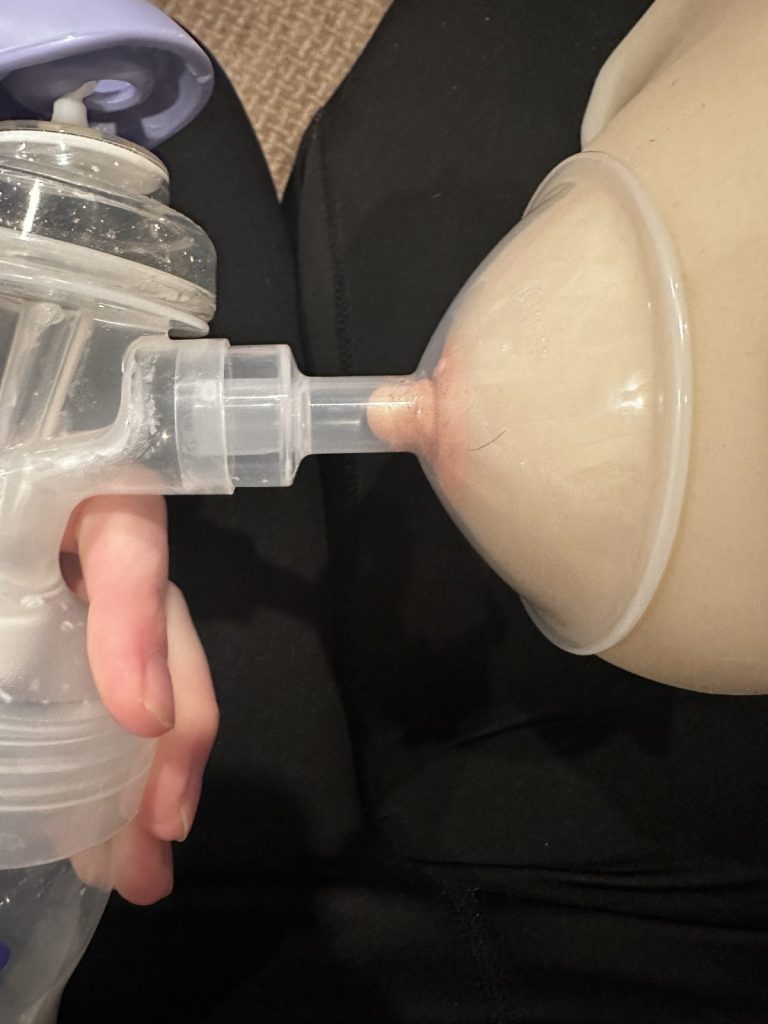
Many new mothers have no idea that there are other flanges and unknowingly pump without the right breast pump flange fit for their entire pumping journey. You may not even realize your pumping journey could be better.
For this reason, I recommend trying multiple flange sizes so you can understand how the differences in sizes feel. A flange insert sizing kit is affordable and can provide you with a variety of options to try out – it has sizes 13-21, which will fit nicely inside a 24 or 27-mm flange (which comes standard with most breast pumps).
I find that the majority of moms I work with are between 13mm and 17mm. Elastic nipples can be an issue, but in my experience, many situations where a mom thinks she has elastic nipples she actually just has a flange that is too large.
How Should Flange Fit Your Nipple
It’s hard to know if you have the correct breast pump flange fit if you aren’t sure of how it should fit your nipple. It’s important to understand where the nipple ends and when the areola begins.
As I mentioned above, ONLY your nipple should be in the tubular part of the flange. Some new moms aren’t entirely sure what is areola and what is nipple. This photo should help you differentiate:
Here are a few issues you might see if your flange isn’t fitting your nipple correctly:
How to know if you have the wrong size of flange
There are several ways to recognize whether or not you have the wrong size of flange.
- You experience any pain or discomfort – during or after your pumping session
- You notice nipple damage or discoloration after pumping
- You never feel like you can fully “empty” you breasts with a pumping session
- You get recurrent clogged ducts
- You experience low supply when you use a breast pump
- You aren’t able to pump any milk
How to find the right size of flange
Finding the right-sized flange is a process – and it’s more than just measuring with your a ruler and finding the diameter of your nipple. This can be a good place to start, but it’s the beginning – not the end. Here is some more information on how to measure your nipples.
After getting a rough size for your nipple, I recommend trying multiple flanges around that size. You can use inserts or more traditional flanges. By trying multiple flanges, you can get an idea of what feels good and what doesn’t, as well as where your milk output is best.
I would pump for a few minutes with each flange size as you try and find the right size. If there’s not a clear winner, try each one for a full pumping session to see where you have the best results.
In my online pumping class, I go over pumping and flange fitting in more detail.
Different Types of Flanges
Hard Plastic: Hard plastic flanges are the most affordable option and are often included with manual pumps. They are lightweight and durable, but can become uncomfortable after extended use.
Within the hard plastic flange world, you’ll find a variety of shapes:
- Classic
- Crater
- Pano
- Comfy
- Tapered
I actually find a lot of women respond well to the crater-style flange, especially if they have rounder breasts.
Pumpin’ Pals has a tapered flange that some find helps with elastic nipples. It comes in plastic and silicone.
Silicone: Silicone flanges aren’t as common as hard plastic flanges, but many women swear by them. They can be particularly helpful for those individuals who have true elastic tissue.
I have seen some women have success with the Lacteck silicone flanges. Pumpables Liquid Shield also gets rave reviews.

